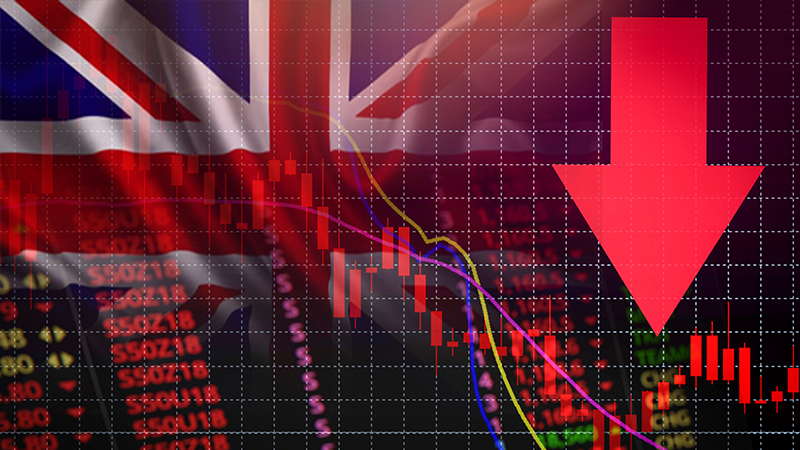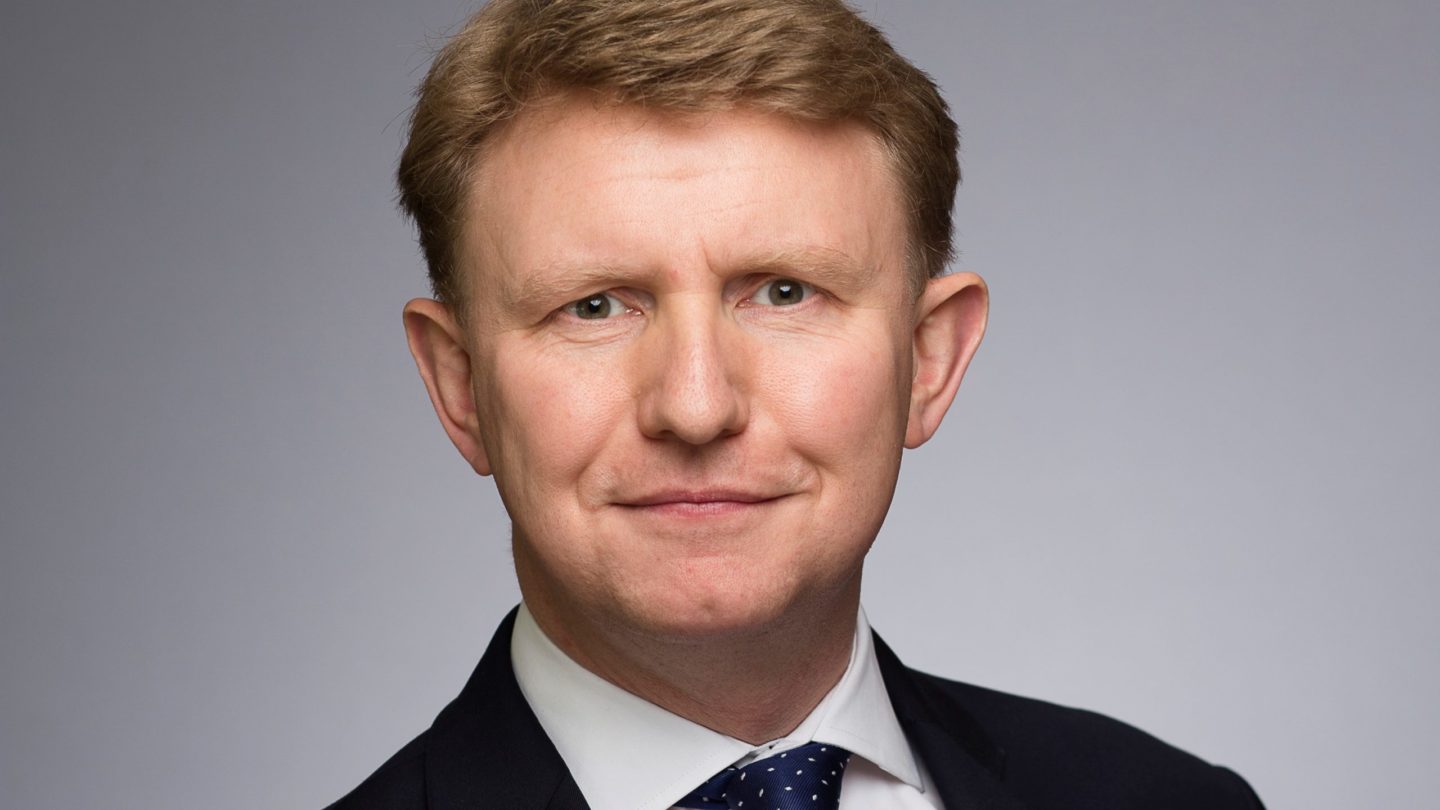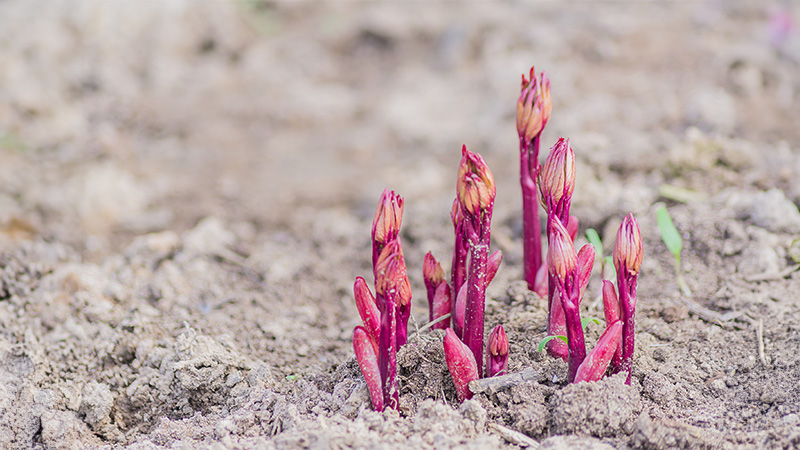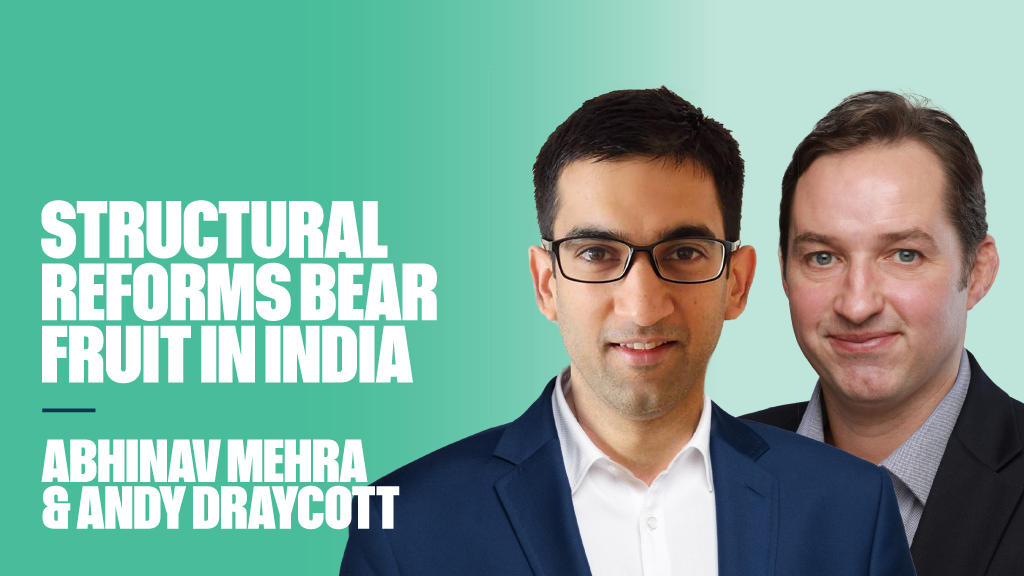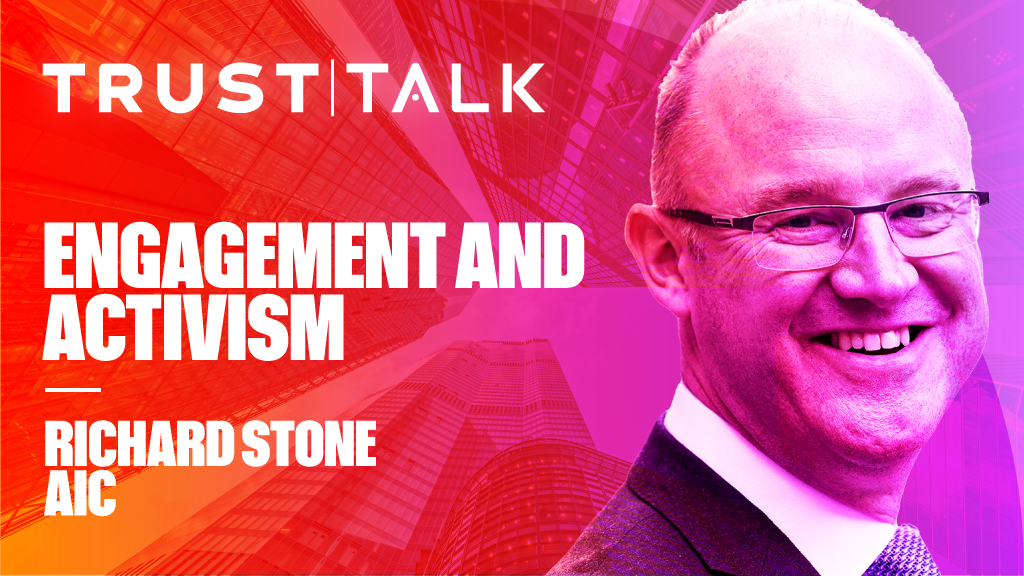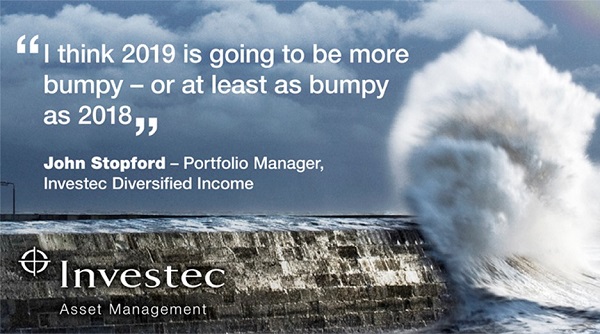Last year was a tough year for investors: a lot of assets went down and relatively few went up. This was in spite of significant optimism at the start of the year as synchronised global growth and US tax cuts buoyed investor sentiment.
It concluded in one of the weakest Decembers in recorded history. From here, says John Stopford, Co-Head of Multi-Asset Income at Investec Asset Management, his team is asking itself a number of questions: Was that it? Is the correction over and will markets resume their bull run? Or is it the beginning of another bear market? In this scenario, any rally would be a selling opportunity rather than a buying opportunity. He says there are arguments on both sides. There are plenty of reasons for caution, he suggests: “It is late in the business cycle and there does not appear to be a lot of upside for growth assets such as equities and corporate debt. Unemployment figures around the world are low; this is a late cycle phenomenon and suggests there is not a lot of spare capacity.”
On the other hand, Stopford argues, below trend growth doesn’t equal a recession. The yield curve is showing a probability of recession by 2020, but it remains an outside possibility for 2019, which means growth can keep going through to the middle of next year. Monetary policy is a major factor. Even though interest rates haven’t gone up a lot, Stopford says there is an argument that policy support is being removed too quickly. He says: “The central banks seem to be on autopilot and are much less inclined to respond to market weakness in this part of the cycle. As such, they are quite likely to continue to shrink their balance sheets and continue with quantitative tightening. The central banks don’t want to reignite debt growth and that means they can’t ease policy as aggressively as they have done in the past. It seems like things have to get worse before they will get material support from central banks.”
How is he managing this environment in his portfolios: “The way we think about the world is different: unlike a typical multi-asset manager, we believe it is difficult to get big picture asset allocation calls right. The biggest opportunities lie in selecting individual securities. There are 25,000 individual securities, and we aim to build a portfolio of around 250.” Stopford and his team look for those securities with certain characteristics aligned to the outcome of the Diversified Income Fund:
“That is income with capital stability, low volatility and limited drawdowns. We want the income to be sustainable and resilient. In this portfolio, income does the heavy-lifting. We look for strong balance sheets and income in excess of what is necessary.” Once he has found those securities, he looks at how they can be blended for resilience. “We make sure we’re properly diversified. Diversification by sensitivity to economic growth, for example, or interest rates. We are looking at behavioural characteristics not asset classes.” As such, the group’s asset allocation discussions are not the typical ‘bonds versus equities’. At the moment, for example, he is buying call options for the portfolio, which look cheap given the insurance they provide. He adds: “Volatility is likely to be an important factor this year, both in economies and in markets. There are growing risks to the business cycle. That said, there will be opportunities as well. We want to make sure we capture both sides.”


